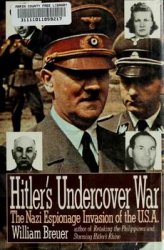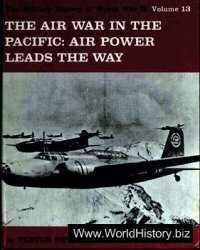In conjunction with the Chertsey-based Fighting Vehicles Research 8c Development Establishment (FVRDE) - and subsequently, with their successors, the Military Vehicles and Engineering Establishment (M'EE) - Rover’s design team rose to the challenge. Tom Barton assigned the role of
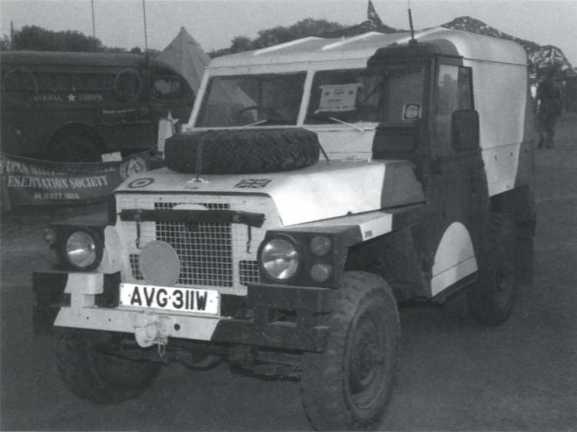
Top: The doors, windscreen, side panels, tailgate, tilt and bumpers could quickly be removed to reduce the total weight of the vehicle. (TMj
Above: Although this Series 3 ‘lightweight’ is in private hands, hardtops were designed for the British Army from about 1969. (PR)
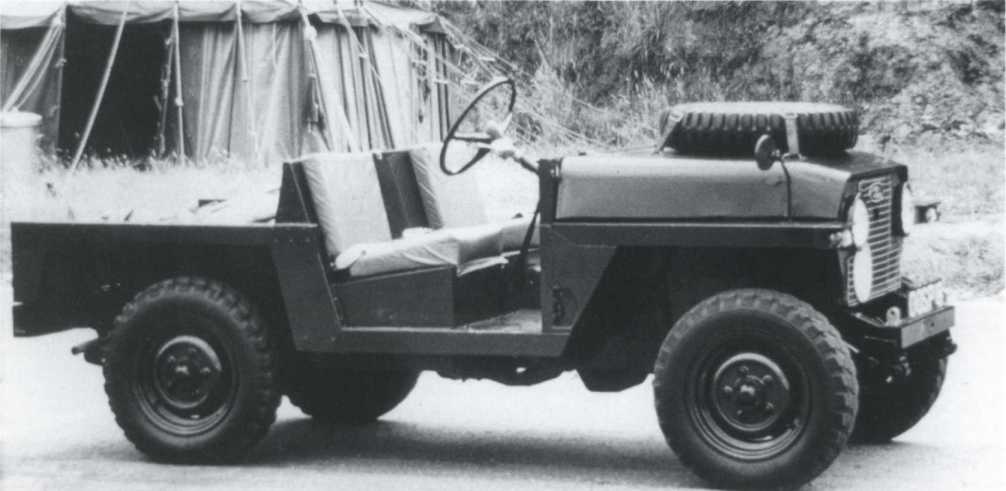
Project engineer to Mike Broadhead, who was assisted by Norman Busby. By the time the vehicle was ready for production, both Broadhead and Busby were busy on other projects and Bob Seager became the project engineer.
In 1965, the first prototype of what was being called the ‘general service lightweight’ appeared. It was handed over to FVRDE for testing later that same year. The ‘lightweight’ was based on the standard Rover 8 short-wheelbase chassis, using the FV18032 for the cargo or GS variant, and the FVI8031 for the FFR. The chassis itself was modified by the addition of a brace across the main members at the front; the front bumper was narrower and could be removed, and the additional chassis bracing was intended to reduce flexing when the vehicle was used in this condition. The gearbox cross-member was also easily removed.
In assembled form, the ‘lightweight’ appeared to have little in common with its ‘heavier’ relatives. Although unmistakably a Land Rover, it had that angular, rather ill-fitting appearance which often passes for ‘combat chic’ in purpose-designed military vehicles.
Visually, the ‘lightweight’ had a more Jeeplike appearance than the Series IIA from which it had been derived. In part this was due to the open, flat-topped front mudguards - which Rover rather mystifyingly described as improving ‘accessibility and ease of cleaning of the wheels and wheel arches’, and the huge angular rear wheel arches. But the bonnet, too, was noticeably deeper, narrower and more angular than the standard item. The radiator was protected by a typical wire-mesh Land Rover-style grille more akin to that which had been used on the Series I. A bottom-hinged folding tailgate was fitted at the rear.
Under the bonnet, the prototype was powered by the standard 2,286cc petrol engine, with the oil cooler omitted to save weight. Similarly, the gearbox and steering components
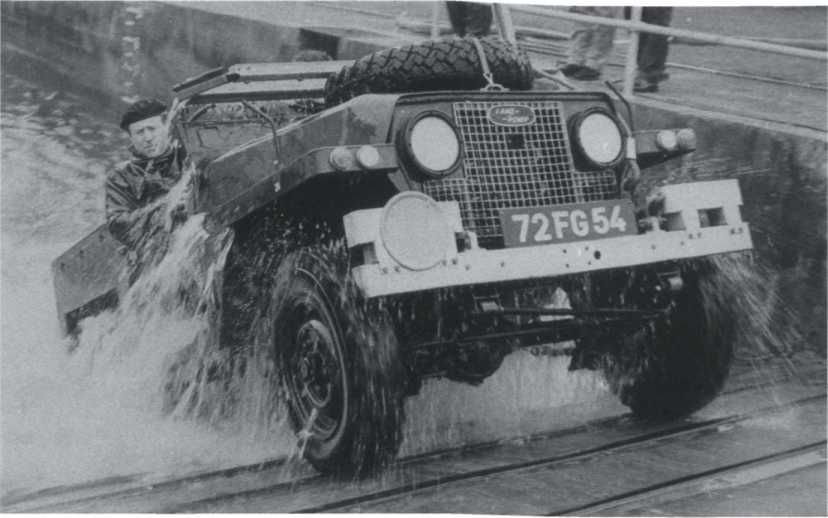
Left: This Series IIA 'lightweight’ is undergoing wading trials, almost certainly with the Royal Marines. (PW)
Below: What appears to be an up-ended table on the roof is actually a wor1< platform, and this vehicle has been adapted to provide a means of starting helicopters. (TM;
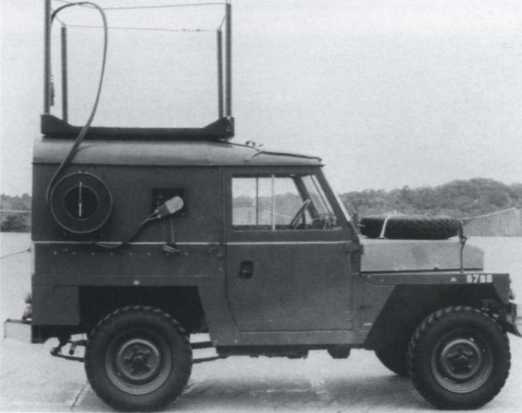
Of the Rover 8 were also used. The heavy-duty military-type suspension was removed in favour of the standard civilian-pattern springs. Whilst the axles were generally identical to the production items, the track was narrower - which meant that shorter half-shafts were used - and the drive flanges were redesigned to the reduced overall width.
The designers had reduced the overall width, in stripped form, by 4in (10cm) to a total of 60in (1.5m) - which meant that the bulkhead was all-new. Weight-saving features included the use of 6.00x16 tyres, rather than the standard 6.50x16, mounted on one-piece commercial-type rims... although the standard wheels and tyres could, apparently, fit in the wheel arches if required. The designers must have been desperate to save weight since webbing straps were used to secure the spare wheel on the bonnet, the rubbing strips in the cargo area were omitted, and there was no wire-mesh fly screen in the scuttle vent.
The ‘lightweight’ offered no particular advantages in weight in assembled form, and could be built-up, using a standard kit of parts, to fulfil the same range of roles as the standard Rover 8 and to provide the same degree of weather protection. The kit included a canvas hood and frame, the standard style of windscreen, flat metal doors, standard door tops, simple side panels for the rear body and a folding tailgate.
When these items were removed, what remained was little more than a flat platform with an engine compartment in the front, seats for the crew, and wheel arches either side of a flat load platform at the rear. In this form, there was a considerable saving in weight and yet, the vehicle remained fully operational.
A total of six pre-production machines were constructed in 1966 and were put through the usual automotive trials at FVRDE.
The initial requirement was identified as being just 75 vehicles for the Royal Marines but, by 1972, it was planned that the ‘lightweight’
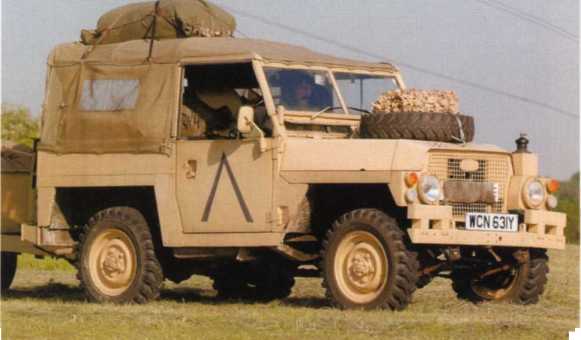
Above: ‘Lightweighte’ were effectively the standard military Series III short-wheelbase Land Rover and served with the British Army across the world. This example carries the coalition identlying mark used during the first Iraq War. (ST)

Would completely replace the standard 88in (2.24m) Land Rover - by that time known as the Rover 10 - in the British Army.




 World History
World History


